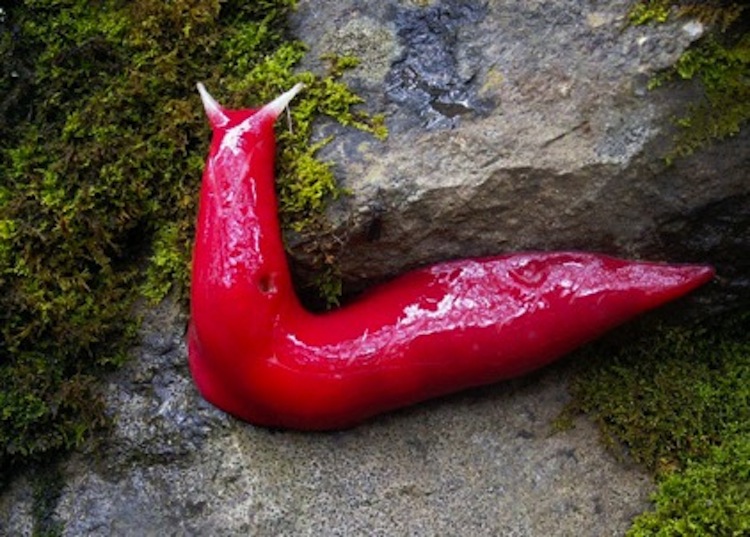
On rainy nights, Australia's Mount Kaputar is full of giant, fluorescent pink slugs or Triboniophorus aff. graeffei. The slugs can be up to 8 inches (20 centimeters) long and are hard to spot during the day when they hide in leaf mold. At night, the slugs come out to feed on moss. Some 17 million years ago, a volcano at Mount Kaputar erupted keeping the region damp enough for these slugs.
Sign up for the Live Science daily newsletter now
Get the world’s most fascinating discoveries delivered straight to your inbox.
Nina Sen is a frequent contributor to Live Science’s Life’s Little Mysteries series: an exploration and explanation of our world’s phenomena, both natural and man-made. She also writes astronomy photo stories for Live Science's sister site Space.com.
LATEST ARTICLES



